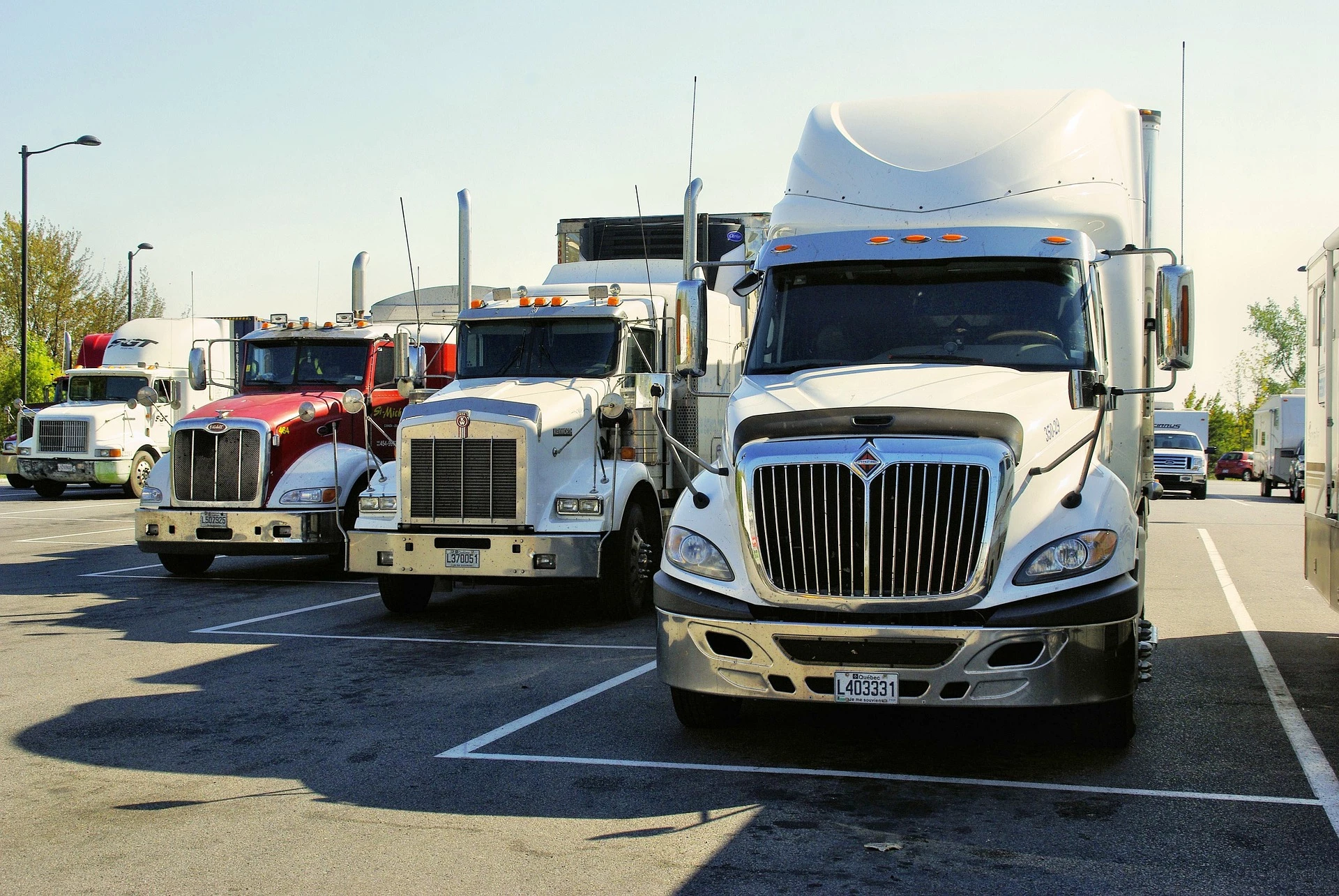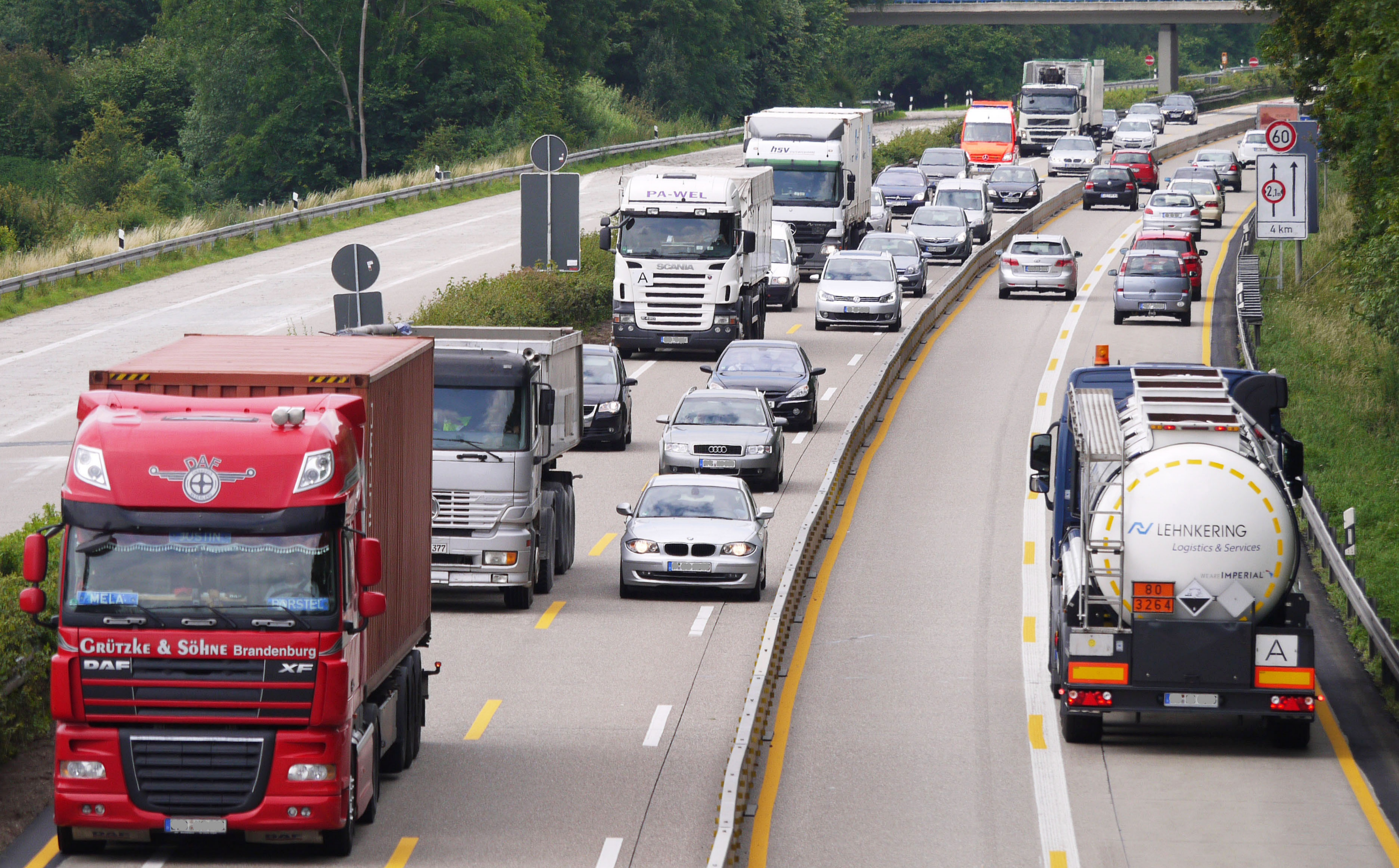
Сьогодні більшість операторів вантажоперевезень не потребують переконання в важливості технологій. Водночас, вантажні перевезення все ще застрягли на шляху до автоматизації відправок чи диспетчеризації. Причини криються як у складності транспортної галузі, так і у відсутності цифрової обізнаності.
Коли мова йде про цифровізацію сфери транспорту, поширені ідеї зазвичай розташовані на двох полюсах: з одного боку, технологізації сприймається лише як можливість мінімізувати паперову роботу та телефонні дзвінки. Інша крайність представлена новітніми пристроями, такими як безпілотні вантажівки та дрони для вантажів.
Проте для більшості операторів вантажоперевезень їх нагальні проблеми десь посередині — і так само виглядають ІТ-рішення для їх бізнесу. Щоб допомогти цим двом аспектам зійтися, ми проаналізували велику кількість логістичних сайтів і виявили 5 найпоширеніших проблем, з якими стикаються експедитори. А також ми відібрали деякі технічні інструменти, які можна застосувати одразу для спрощення процесу перевезення.
1. Управління ланцюгом постачання
Маршрутизація — це складне рішення. Так само, як і пошук найкращих цін та рівня обслуговування. Структура витрат і необхідність надавати точні розрахунки клієнтам — ще одна проблема, яка може викликати труднощі. Але за підтримки технологій складні питання стають простими.
Найкращий спосіб спростити планування, маршрутизацію та оцінку витрат — впровадження системи управління транспортом (TMS). Опитування, проведене InMotion Global, Inc., показує, що програмне забезпечення TMS стає ключовою технологією для великих вантажовласників, брокерів, 3PL і операторів вантажоперевезень. Приблизно 91% експедиторів, які експлуатують 20 вантажівок або більше, використовують TMS у 2018 році, порівняно з 62% у 2005 році.

Проте ситуація залишає бажати кращого для малих автопар. Лише 33% автомобільних перевізників, які експлуатують менше 10 вантажівок, сьогодні використовують TMS. У цьому контексті слід врахувати ще один статистичний результат від InMotion. Їхнє дослідження за 12 років показало, що компанії, які чинять опір TMS, є найбільш імовірними кандидатами на вихід з бізнесу.
Дізнайтеся Скільки коштує розробка TMS.
TMS допомагає збирати та аналізувати великі дані та перетворювати їх на дієву, ціннісну інформацію. Це підвищує видимість і формує планування. Багато операторів сьогодні використовують електронний обмін даними (EDI) та інтерфейс програмування додатків (API). EDI — це обмін бізнес-документами між комп'ютерами в стандартному електронному форматі. Це дозволяє зменшити обсяги ручної документації, заощаджуючи при цьому багато часу.
2. Прозорість
Прозорість є найбільшою вимогою клієнтів до вантажних компаній сьогодні. Клієнти хочуть знати, де знаходиться їхня доставка в будь-який момент часу. Відстеження переміщення вантажу також важливе для менеджера автопарку: це основа для надання точної інформації про очікуваний час прибуття та перенаправлення, якщо це необхідно.
Існує два типи відстеження місцезнаходження транспортних засобів: стільникове та супутникове. Стільникове відстеження використовує місцезнаходження телефону водія на основі даних стільникових веж. Супутникове відстеження — це перевірка місцезнаходження за допомогою глобальної системи позиціонування. Технологія визначає довготу, широту, швидкість руху та напрямок руху транспортного засобу.
Обидва типи відстеження можуть бути інтегровані у ваше програмне забезпечення, щоб ви могли бачити місцезнаходження вантажу на карті за допомогою геоінформаційної системи (ГІС). Дані, що зберігаються на сервері, можуть бути доступні з мобільного додатку як для водіїв, так і для диспетчерів.

3. Швидкість
Швидкість більше не є бонусом. Все більше клієнтів вантажних компаній вважають її необхідною і хочуть, щоб їхня доставка здійснювалася за кілька днів. І хоча вантажний гіперлуп все ще є трохи мрією, цифровізація сфери транспорту вже приносить певні поліпшення.
Забезпечення своєчасної доставки передбачає не лише ретельну розробку маршрутів, а й здатність швидко реагувати у випадку непередбачених обставин. Технології, що забезпечують швидше прийняття рішень, надають важливу цінність для транспортування.
Транспортний веб-сервіс швидко аналізує базу доступних транспортних засобів, покращує планування та мінімізує час простою вантажів. Вбудований GPS попереджає про затори та ремонти доріг через Google або Yandex Maps. Додатки, такі як Trucker Path, також полегшують процес транспортування, надаючи інформацію про зупинки, автозаправні станції, навігацію тощо.

4. Безпека
Безпека та захист були турботою експедиторів протягом багатьох років, але нещодавно питання безпеки стало домінуючим. Ви можете стежити за вантажем під час транспортування за допомогою TMS та моніторингових пристроїв. Корисні опції включають електронні пломби та геоогородження. Електронні пломби — це пристрої високої тривоги, які надсилають миттєве повідомлення команді безпеки, якщо пломби контейнера або транспортного засобу були порушені.
Геоогородження — це функція програмного забезпечення, яка використовує GPS або радіочастотну ідентифікацію для встановлення невидимого периметра навколо конкретного географічного місця. Геоогородження може бути встановлено навколо маршруту, яким повинен слідувати транспортний засіб. Якщо він відхиляється, бездротове сповіщення генерується мобільним пристроєм, і сигнал тривоги активується в відповідному програмному додатку.
Експедитори також можуть отримати вигоду від використання мобільних додатків, таких як Trucker App або CoPilot Live Truck, які створені для водійської спільноти. Вони попереджають водіїв про несподівані умови, пропонують безпечні та надійні маршрути, що відповідають вимогам вантажів, на основі розміру, ваги та типу вантажу, і допомагають створювати індивідуальні профілі маршрутів для легкого перемикання між транспортними засобами.
5. Людський фактор
Якщо ви не є щасливим володарем автономного флоту, взаємодія з людьми завжди залишатиметься для вас проблемою. Адже саме водіям ви довіряєте свій бізнес на дорозі. Три основні проблеми, з якими стикаються менеджери, включають нестачу водіїв і їх утримання, продуктивність роботи та дотримання норм «дотримання, безпеки, відповідальності». Спільним для них є комунікація водій-диспетчер та її аналіз.
Водії важких транспортних засобів повинні робити необхідні перерви та не їздити занадто довго. Порушення встановлених періодів роботи та відпочинку підлягає штрафам у країнах ЄС, США та Росії. Щоб задовольнити цю вимогу, використовуються електронні журнали та пристрої.
Електронний журнал передає дані за допомогою бездротових веб-сервісів та електронної пошти, створює сповіщення у випадку порушень або помилок у журналі, а також генерує звіти про огляд транспортного засобу у разі будь-яких ушкоджень.
Телематика транспортних засобів, тобто датчики, розташовані по всьому автомобілю, також передають широкий спектр даних, таких як діагностика двигуна, температура в салоні, відкриття дверей, час простою та графіки змін водіїв, до систем управління. Оператори використовують цю інформацію для розробки ефективної програми обслуговування транспортних засобів, забезпечення допомоги водіям, впровадження найкращих практик для водіїв, підвищення швидкості та поліпшення безпеки.

Кейс впровадження
З усіма згаданими технічними нововведеннями виникає питання, як впровадити їх у свою роботу як перевізник вантажів — особливо якщо ви не UPS, DHL або FedEx, які мають власні центри розробки програмного забезпечення. Не обов'язково йти шляхом Лаури Беренс і винаходити новий Shippo самостійно. Вам точно не потрібно бути універсальним спеціалістом, щоб підтримувати сучасний вантажний транспорт. Довірте свої проблеми іншим фахівцям і скористайтеся готовим продуктом.
Розглянемо, наприклад, як більшість згаданих вище функцій реалізовано в Uber like сервісі компанії Stfalcon.com. Цей сервіс з'єднує власників вантажів з експедиторами в одній системі для транспортування зернових та олійних культур. Він дозволяє власникам вантажів публікувати свої запити, а експедитори, у разі наявності вантажівки, реагують на них. Кілька експедиторів можуть співпрацювати для виконання одного замовлення.

Окрім веб-орієнтованої системи управління транспортом, вона включає мобільні додатки для власників вантажів, експедиторів та водіїв і дозволяє перевірку користувачів, управління запитами, встановлення тарифів, перегляд статистики, обмін повідомленнями та сповіщення.
Для моніторингу переміщення транспортних засобів на кожному вантажівці встановлено GPS-сенсор. Таким чином, як власник вантажу, так і перевізник можуть слідкувати за процесом транспортування. GPS-координати періодично надсилаються до ГІС та аналізуються. Тож будь-які відхилення від маршруту, переходи між геозонами, втрати сигналу або простої миттєво виявляються. Для цього проекту була розроблена окрема ГІС, щоб забезпечити незалежність від зовнішніх агентів. Мобільний додаток дозволяє водіям відстежувати прогрес і обмінюватися інформацією зі службою підтримки у разі непередбачуваних обставин.
Заключні зауваження
Незалежно від того, чи є ваш бізнес з перевезення вантажів малим чи великим, ви завжди можете знайти індивідуальне рішення для його цифровізації та прискорити свій бізнес до 60 %. А наша команда завжди до ваших послуг, чи йдеться про створення додатку, чи розробку вашої власної TMS. Не соромтеся зв’язатися з нами за адресою info@stfalcon.com, і разом ми виведемо ваш бізнес на новий рівень.



